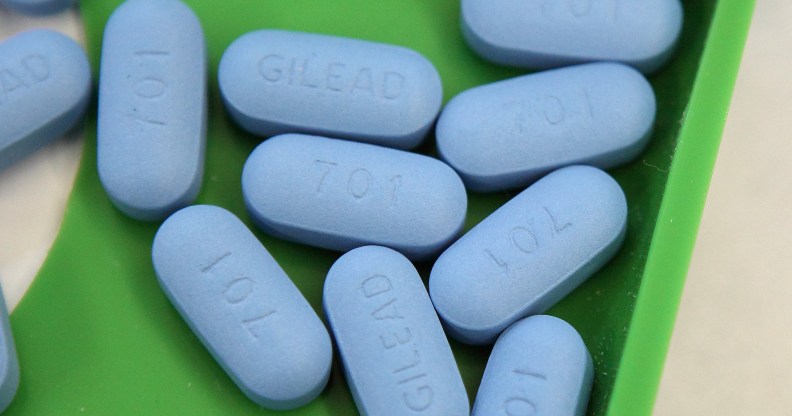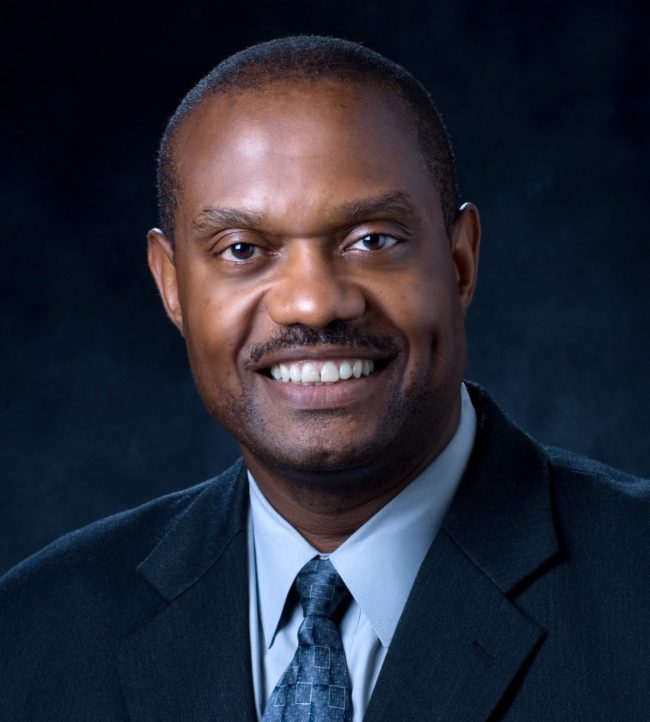HIV-preventing PrEP drugs aren’t reaching black gay men

Antiretroviral pills Truvada, or PrEP. (Justin Sullivan/Getty)
The uptake of HIV-preventing PrEP drugs by gay and bisexual men faces a huge racial disparity in the US, experts have warned.
The news comes from research by the Centers for Disease Control and Prevention (CDC) which was presented at an HIV conference on Friday (March 8).
PrEP use faces ‘huge disparity’ between ethnicities
The research presented by the CDC’s Dr Teresa Finlayson found that between 2014 and 2017 there was a 500% increase in the use of pre-exposure prophylaxis among gay and bisexual men “who are at substantial risk for HIV infection.”
However, the surge in use has not been uniform across ethnicities.
Although awareness of PrEP had increased significantly among at-risk gay and bisexual men of all races and ethnicities, the use of PrEP by black and Latino men was significantly lower than for white men.
42 percent of at-risk white men were using PrEP in 2017, according to the research, but just 26 percent of at-risk black men and 29 percent of at-risk Hispanic men were doing so.
CDC director HIV/AIDS prevention Dr Eugene McCray warned: “PrEP awareness is high among all men who have sex with men, but PrEP uptake is not where we want it to be.
“It’s much better than it was in 2014, but there’s huge disparities that we’re seeing [on race].
“What we’ve got to do is ensure PrEP gets to the communities that need it the most.”

Dr Eugene McCray, the Director of the Division of HIV/AIDS Prevention at the CDC
People on PrEP take a daily anti-retroviral pill to build up their resistance to HIV, which significantly reduces their risk of HIV infection.
McCray added that PrEP should be implemented “not just for men who have sex with men, but also injection drugs users, high-risk women, and others at risk.”
Overall use of PrEP has surged
The overall uptake of PrEP remains strong.
In 2014, just five percent of at-risk gay and bisexual men were using PrEP, while four years later the proportion of at-risk gay and bisexual men using PrEP had reached 34 percent.
General awareness of PrEP had also significantly increased among at-risk gay and bisexual men during the time period, from 59 percent in 2014 to 90 percent in 2017.
The research was based on interviews with 3,978 gay and bisexual men at substantial risk for HIV infection who were interviewed in 2014, and 4,182 who were interviewed in 2017.
Sexually active gay and bisexual men were deemed to be at high risk of HIV infection if they had condomless anal sex with a male partner also in the past 12-months, or had been treated for a sexually transmitted infection in the past 12 months.

